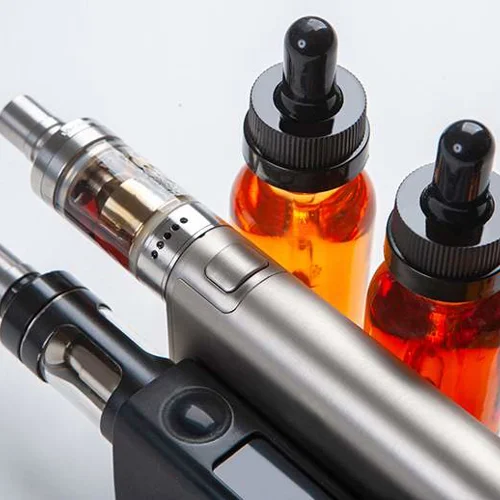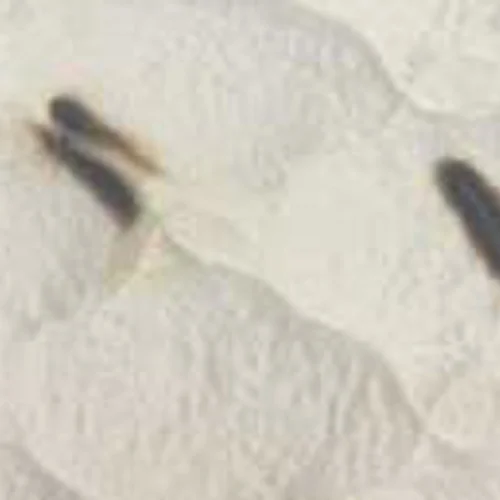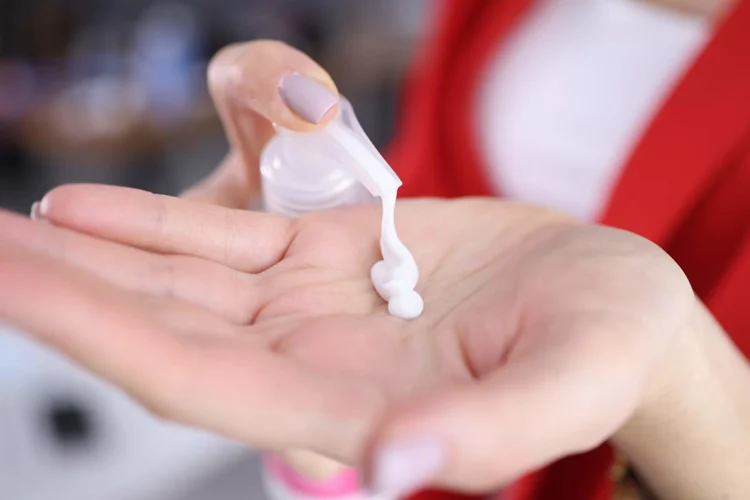I - Inappropriate smoking
When referring to smoking materials, NFRS include cigarettes, cigars, pipes and tobacco.
With a steady decline in the number of smokers in England, the overall number of fires triggered by cigarettes is small, but with over a third of all fire deaths in the country attributed to cigarettes the proportion of fatalities is staggering. Habits such as smoking whilst drinking alcohol in the home or smoking in bed are responsible for one in three accidental house fires deaths.
Careful consideration should be of the way in which the individual usually smokes and how it forms part of their daily routine. Signs that smoking practices may be increasing the risk of fire include:
- putting out smoking materials in an unsafe way, such as using a plastic bin or not fully extinguishing them
- smoking when they are under the influence of alcohol or drugs, or when taking medication that causes drowsiness
- smoking near to flammable materials e.g. in an armchair or in bed
- a lack of understanding or awareness of the risks above, or an inability to remember safe smoking advice
- Does the individual have oxygen therapy? - If so, ensure people are advised not to smoke where oxygen is being used. Keep oxygen at least two metres away from flames or heat sources.
CHARLIE-P Score
CHARLIE-P is used to rate the risks associated with inappropriate smoking
| Score | 1 | 2 | 4 | 8 | 10 | |
|---|---|---|---|---|---|---|
| Descriptor | Rare | Unlikely | Possible | Likely | Almost certain | |
| I | Inappropriate smoking | Non-smoker | Smoker, only smokes outdoors “smoke-free home” | Smoker - smokes in the home, but is aware of fire safety | Smoker, unsafe smoking practices |
Actual fire incident (prior to Safe and Well visit) in last 12 months - includes historic burn marks OR Unsafe smoking plus a dangerous environment |
-
1 - Rare - Non-smoker
-
2 - Unlikely - Smoker, only smokes outdoors ("smoke-free home")
Note: If the occupier uses emollient creams with paraffin content, but the person or carers do not manage the risks, score 10.
-
4 - Possible - Smoker - smokes in the home, but aware of fire safety
The occupier smokes indoors and demonstrates safe smoking practices including:
- Lighting / extinguishing materials safely
- Using appropriate ashtrays
- An understanding of fire safety advice, including using safety equipment provided
Note: If the occupier uses emollient creams with paraffin content, but the person or carers do not manage the risks, score 10.
-
8 - Likely - Smoker - unsafe smoking practices
The occupier smokes indoors but demonstrates unsafe smoking practices, such as:
- Extinguishes smoking materials in an unsafe way
- Smoking when they are under the influence of alcohol or drugs, or when taking medication that causes drowsiness
- A lack of understanding of the risks above, despite advice, or an inability to remember safe smoking advice
This score can also be used if a physical health condition impacts on the person’s ability to light, hold, or extinguish smoking materials (including poor grip, poor manual dexterity, tremor, poor coordination etc.), if a mental health condition that impacts on smoking safety, or if they smoke when under the influence of alcohol or drugs.
Note: If the occupier uses emollient creams with paraffin content, but the person or carers do not manage the risks, score 10.
-
10 - Extremely Likely - Actual fire incident prior to safe and well visit in the last 12 months
The new CHARLIE-P asks that any evidence of a ‘near miss’ with smoking (including times which it did not escalate into an actual fire) is scored as a 10.
Please use this score if you see historic burn marks from smoking materials on bedding, clothing, carpets etc.
Or unsafe smoking practices plus dangerous environment.
The occupier smokes indoors, demonstrates unsafe smoking practices, and:
- smoking in bed
- sleeps on an air-flow mattress
- uses emollient creams with paraffin content with no management of fire risk
- uses home oxygen
If a visit from a District Nurse or GP is required - this referral is through a Safe and Well

Advice in relation to e-cigarettes
- Buy electronic cigarettes only from reputable dealers along with chargers
- Never leave a vaping device charging unattended or charging overnight – especially next to your bed
- Never use a vaping device close to medical oxygen, flammable emollient creams or airflow mattresses
- Never modify or adapt personal electronic cigarettes and their associated kit.
- Never use damaged equipment or batteries
Air Flow Mattresses
Dynamic-flow pressure relieving mattresses (and overlays placed on top of standard mattresses) are provided for the prevention and treatment of pressure ulcers when people spend extended periods of time in bed. The mattresses/ overlays are filled with air via a pump.
Smoking near an air-flow mattress is extremely dangerous because:
- if the mattress is punctured and loses air, the pump reacts by increasing the flow of air produced, fuelling a fire
- the pump also contains a battery, so even if the electricity supply fails in a fire, it will continue to discharge compressed air which will fuel the flames


Emollient creams soften and moisturise the skin and decrease itching / flaking. Some emollients may contain high levels of paraffin or ingredients such as shea or coco butter, bees wax, nut oils and lanolin which can leave a flammable residue
- White Soft Paraffin,
- White Soft Paraffin plus 50% Liquid Paraffin or
- emulsifying ointment
When these creams are used regularly, they can impregnate clothing, bedding or dressings. In the presence of a flame, the dried-on emollient acts as an accelerant and fabrics burn more quickly and intensely. This significantly reduces the time available to act before serious and fatal burns are sustained.
People who use emollient creams should be advised of the risks the creams pose, and must be advised not to:
- Smoke, if there is any risk that their clothing, dressings or bedding are contaminated with emollient;
- Use gas or electric hobs when wearing clothes contaminated with emollient;
- Sit too close to sources of heat such as open flame or gas fires, electric or halogen heaters if there is any risk that their clothing or dressings may be contaminated with emollient.